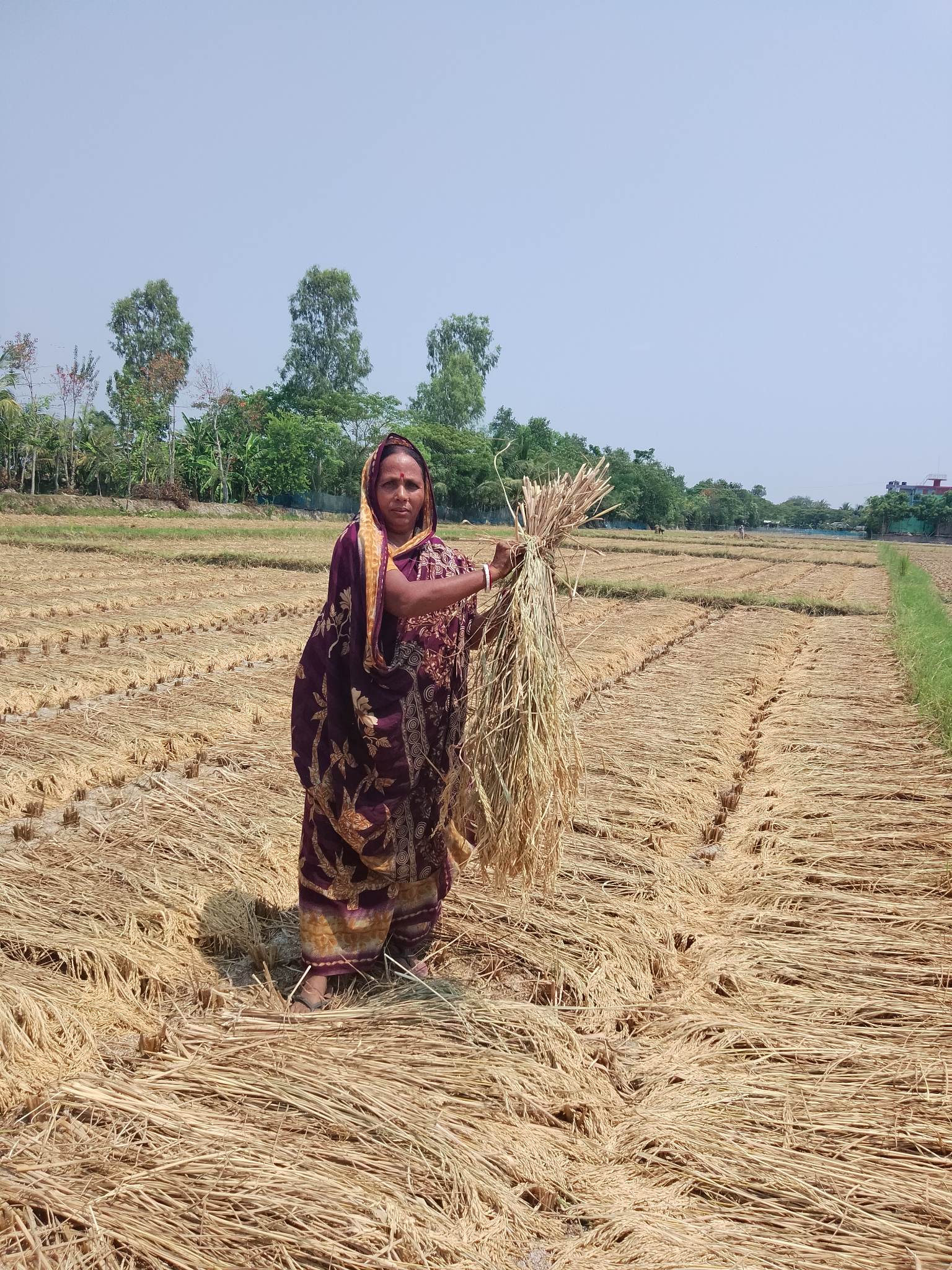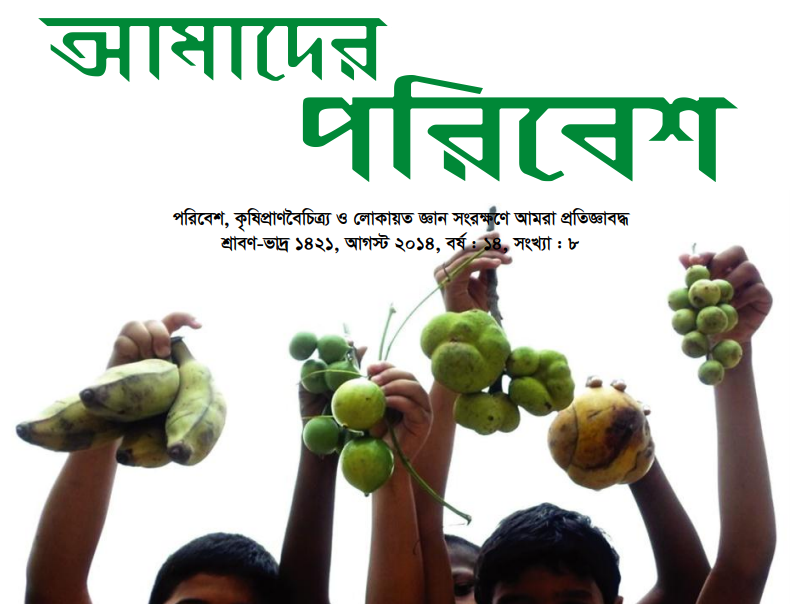By Champa Rani Mollik, Associate Program Officer, BARCIK-Shyamnagar Resource center, Satkhira
Sarma Rani Mandal (43) resides at Mothurapur village of Shyamnagar upazila under south-western coastal district of Bangladesh. She is quite exceptional than other farmers in her village. She is very keen to learn something new, tries to innovate something different and applies some eco-friendly techniques in crop fields although she does not have own cropland except homestead. Her husband Bimal Mandal (47) also encourages and helps her in farming that leases from land owners on yearly basis. She grows vegetable at homestead and rice on a piece of rented land near to her house for family consumption. Generally, rats attack the rice crop at vegetative, ripening and harvesting stages and creates maximum damage to the crops. It can also cause damage to the rice bunds by burrowing and building tunnels and nests, which can cause bunds to collapse. Rats occur in both the wet and dry seasons. In rain fed rice crops rodents have their greatest impact in the wet season. However, in order to control the rats, Sarma Rani practices the indigenous methods in her rice field which is being depicted below:

- White ribbons: White ribbons are tied with bamboo sticks and placed in the rice fields at regular intervals. When the wind blows, the ribbons create a type of sound, and glitters whichb scares the rats and eventually reduces their movement in rice fields. This technique is very useful within one and half a month after planting seedlings in the main field. Generally ½ kg ribbon is required for 33 decimal of lands. This technique is very popular in Shyamnagar of Satkhira district and now is spreading up all over the country.
- Rat control with fine-sands: This method requires find-sand approximately 50 kgs of sands for 33 decimal of rice field. Sands are sprinkled over the grain at booting stage (milk initiation). Putting sands at dawn as then dew dropped on grains and sands are sprinkle such a way that it could retain in the young grains. When rat comes to eat grains, sands usually comes into its mouth that deters them from eating
- Naphthalene is kept inside a cotton cloth which is put with the help of bamboo sticks and these sticks are placed in the rice field maintaining certain intervals. The odor of naphthalene deters rats attack as rats dislike its smell.

Sharma Rani’s indigenous method of rodent management in rice fields is now being appreciated, popularized and followed by many of the villagers as those are proven effective. By practicing these indigenous methods, the use of rodenticides has gradually been reducing in this area. These methods are rapidly expanding as farmers are always looking for alternatives in reducing production cost and got more concerned about environmental protection.
Translated by ABM Touhidul Alam


